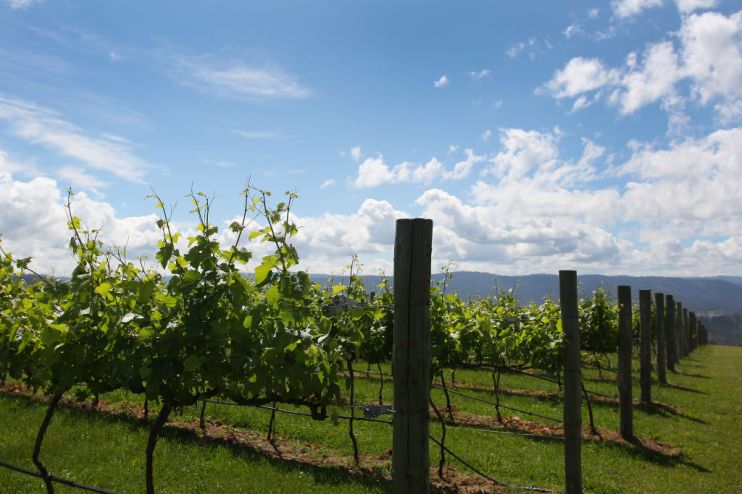Why Uruguay should be on the radar of all wine lovers

What’s the first name that springs to mind when you think about Uruguay? I ran out of steam after Luis Suarez.
Well, shame on me, because Fernando De Lucca, Pablo Fallabrino and Santiago Deicas, three of Uruguay’s top winemakers, all deserve to be on that list.
Carla Bertelloti is the woman hoping to add them. The Uruguayan wines UK ambassador and a Sidcup-based premium importer, it’s her mission to persuade more people to sample the produce of what she describes as “the Japan and Switzerland of South American wine-making countries.”
“The country is roughly the size of Washington state, with a population equivalent to Wales. In general, Uruguay produces a more European style of wine, with less jammy fruit, less alcohol, more acidity and structured tannins.
“It is the fourth largest winemaker in South America behind Chile, Argentina and Brazil. Uruguay is a small country with small resources and cannot afford the advertising budget of the likes of Chile and Argentina. It is producing superb wine but is virtually unknown.”
Agronomist and viticulturist Reinaldo “El Tano” de Lucca owns vineyards at Canelones in the El Colorado region, which are planted with Tannat grapes originating from 19th century Basque settlers. He also grows Syrah, Marsanne, Merlot, Cabernet Sauvignon, Cabernet Franc, Sauvignon Blanc, Sangiovese and Chardonnay.
The country’s main wine producing areas are on the 34th parallel south, the same as Santiago, Mendoza, Stellenbosch and the Barossa Valley. Equatorially speaking, it’s the equivalent of Lebanon and Los Angeles, with its highest point comparable to Bordeaux or the Margaret River.
Born in Montevideo, Carla left Uruguay 21 years ago. She lived in Spain, working in the tourism industry, and moved to the UK in 2008, where she began importing Uruguayan wine.
Carla hopes more terroir-curious wine lovers will explore her “licorosas” (sweet wines) and discover grape varieties including Tannat, Albarino, Gamaret and El Carmen, as well as new wine-growing regions like Durazno, Garzon, Lavalleja, Progreso and Canelones, which lies beside the world’s widest river, Río de la Plata.
Established as an estate in 1740, Establecimiento Juanicó winery is one of the oldest and biggest in Uruguay, producing the country’s national wine – Don Pascual. Viñedo de los Vientos (“The Vineyard of the Winds”) has been in the Fallabrino family since 1947; current winemaker Pablo Fallabrino’s grandfather came from Piedmont.
“San Jose’s “Sea of Stones” vineyard looks like a sea bed with loam soils covered in gravel and almost vertical schist. The low fertility and limited water-storing capacity means these vineyards produce a low yield of concentrated grapes.
Originally planted by immigrants from the Canary Islands, Bodega Marichal in Etchevarría in south Uruguay has been a family boutique winery for more than 70 years. Now run by oenologists Alejander and Juan Andres, its Marichal Reserve Collection Pinot Noir-Tannat retails at £14.99 and its Gran Reserva A tannat 2015 is £24.99.
The Deicas family has a special vineyard called ‘Suelo Invertido’, meaning ‘Inverted Soil’, where the land was turned over so that the fertile topsoil was at the bottom and the calcareous subsoil at the top.
The icon wines of Familia Deicas are Cru D ́Exception and Massimo Deicas, which are boutique productions of no more than 1,000 bottles. Cru D ́Exception consists of a Chardonnay, Cabernet Sauvignon and Merlot from Uruguay, a Malbec from Argentina and a Saint Émillion blend from France.
South London’s Sidcup, though, home to Wines of Uruguay, is the port you want to visit to try these spectacular and little-known wines.